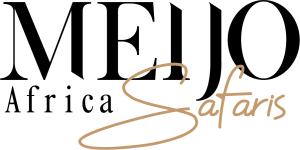Kilimanjaro Frequently Asked Questions
Conquer Kilimanjaro with the right tips and guidance
Where is Kilimanjaro Located?
The mountain is in Tanzania, East Africa, about 350km from the equator. The nearest towns are Moshi and Arusha.
Best Time To Climb Kilimanjaro?
With average temperatures in Moshi of 22 degrees Celsius and summit temperatures of about -7 degrees Celsius, the major seasons are typically December to March and June to October. Although the rainy season usually occurs in April, May, and November, climate change has altered this pattern in recent years, causing rain to fall earlier or later. Since the northern side of the mountain is more protected during the rainy season, we run our Rongai climbs.
A favorite time to climb Kilimanjaro is during a full moon, or even a new moon. Walking on a summit night can be done without a headtorch thanks to the full silvery moon; alternatively, because Kilimanjaro is located on the equator, it can be done under a full sky that includes both north and south constellations. The North Star and the Southern Cross are actually visible in the same sky from a high vantage point atop the hill. We advise offsetting your summit night if you wish to avoid the busiest nights with a full moon. Without a doubt, the summit route may get extremely crowded on some evenings when many people are leaving camp simultaneously, initially causing a bottleneck. However, these groups dispersed quite rapidly.
How long does it take to climb Kilimanjaro?
The question is a tough one. The short answer is that we advise allowing 7-8 days for the ascent and descent if you want to enjoy your trip and haven’t been over 4,000 meters in the past two weeks and want to reach the top.
How hard is it to climb Mount Kilimanjaro?
Climbing Kilimanjaro is considered a challenging endeavor, but it is possible for many people with the right preparation and mentality. It’s vital to remember that success isn’t assured, and even experienced climbers might struggle at altitude.
Climbing Kilimanjaro It is not a difficult climb, therefore you will not need ropes or ice axes. However, the great elevation (19,341 feet or 5,895 meters) makes it a hard and perhaps risky exercise.
The following variables add to the difficulty of climbing Kilimanjaro:
Kilimanjaro is Africa’s tallest peak, reaching a summit height of 19,341 feet (5,895 meters). At this height, the air is substantially thinner than at sea level, making breathing difficult and perhaps leading to altitude sickness. The most major difficulty is altitude. As you rise, the air thins and becomes less oxygen-rich. This may result in altitude sickness, which includes headaches, nausea, exhaustion, and shortness of breath. Approximately 50% of climbers get some kind of altitude sickness.
Climbing Kilimanjaro needs strong physical fitness and a long trip. Most Kilimanjaro climbs last 5-9 days, with hard days of climbing over rough terrain. You’ll be hiking for many days, carrying a rucksack and walking on difficult terrain; it’s critical to prepare beforehand to enhance your cardiovascular endurance and strength; this may be physically challenging, even for fit individuals.
Climbing Kilimanjaro requires mental strength and toughness. Long days, physical challenges, and the ever-present risk of altitude sickness may all have an impact on your mental health.
The Kilimanjaro climb may be psychologically demanding, particularly on summit night. The combination of altitude, chilly weather, and exhaustion may leave you feeling drained and dejected. A strong mental attitude and tenacity are essential for success.
Kilimanjaro weather may be unpredictable, with chilly temperatures, strong winds, and occasional rain/snow. This may make the climb much more difficult and raise the danger of hypothermia, so be prepared for changing weather conditions and wear in layers.
Despite the difficulties, many people think that climbing Kilimanjaro is a really gratifying experience. The vistas from the summit are breathtaking, and the feeling of achievement is unparalleled. With adequate preparation, training, and coaching from a respected outfitter, climbing Kilimanjaro is a realistic objective for many individuals.
Climbing Mount Kilimanjaro is a fantastic experience, but it takes meticulous planning and preparation.
Accommodation and Meals on the Hike
The only way to sleep in huts is via the Marangu route. You will camp at pre-selected locations while ascending the mountain on all other routes.
Every day, three hot healthy meals are prepared by highly skilled chefs, along with trail snacks and afternoon tea.
You’ll eat all of your meals in a solar-lit dining tent with your fellow trekkers and the head guide.
Delicious vegetarian, vegan, gluten-free, and other customized meals are available (upon prior request). We’re pleased to give you a sample menu—just ask!
How to Prepare for Kilimanjaro Climbing
Physical Fitness: Kilimanjaro is not a technical climb, but it is nonetheless a difficult trip. Long treks and high altitude will need strong endurance and cardiovascular health. Hiking, jogging, and other aerobic activities may help you increase leg strength and stamina.
Choose a Kilimanjaro Route: There are various ways up Kilimanjaro, each with its own difficulty level, length, and beauty. Popular routes include the Machame Route (scenic but demanding), the Lemosho Route (renowned for excellent acclimatization), and the Marangu Route (the simplest but most busy). When deciding on a route, take into account your degree of expertise, interests, and money.
Find a Reputable Kilimanjaro Tour company: Climbing Kilimanjaro needs a permit, and it is strongly suggested that you use a registered tour company. They manage logistics and supply guides, chefs, porters, and camping equipment as required. Choose an operator who has a strong reputation for safety, expertise, and ethical behavior.
Kilimanjaro Gear & clothes: Bring adequate clothes and gear for all weather situations, from the scorching sun at lower altitudes to the frigid cold at the summit. Purchase excellent quality hiking boots, warm layers, rain gear, and a flashlight.
Can beginners climb Kilimanjaro?
Yes, beginners can climb Kilimanjaro. While it is a challenging climb, Kilimanjaro is a popular option for first-time climbers owing to its non-technical character.
Here are some important considerations to consider.
Preparation: Adequate physical fitness, acclimatization, and appropriate equipment are required.
Route Selection: Longer routes, such as the Lemosho Route and the Northern Circuit Kilimanjaro Route, provide superior acclimatization and summit success rates.
Altitude Sickness: Understanding the hazards of altitude sickness and adopting appropriate measures is critical.
Remember that although Kilimanjaro does not need technical climbing abilities, it is nevertheless a strenuous physical endeavor. A successful summit requires proper preparation as well as a good mentality.
What is the hardest part of Kilimanjaro?
The summit night is often the most challenging aspect of climbing Kilimanjaro.
A number of variables contribute to this:
Altitude sickness: When you reach the top, you’re at a very high altitude of over 19,000 feet, where the air is thin and oxygen levels are low. Altitude sickness may result in symptoms such as headaches, nausea, and trouble breathing.
Fatigue: The summit night often comprises a lengthy, hard ascent that begins in the middle of the night. Even experienced hikers might find this quite physically challenging.
Temperatures at the top may be quite chilly, even in the summer. This might make it difficult to keep warm and comfortable, particularly if you are already tired.
Lack of sleep: Many climbers do not get enough sleep the night before the summit push, making it much more difficult to deal with the physical and emotional obstacles of the climb.
While the summit night is definitely the most difficult aspect of Kilimanjaro, it’s vital to remember that the full experience may be quite rewarding. With adequate planning and acclimatization, most individuals can successfully ascend Kilimanjaro.
What support will you get on Mount Kilimanjaro?
The staff will transport your main luggage, tents, cooking equipment, food, gasoline, tables, and chairs. They will attend to all of the group’s requirements, including superb meals and tent setup. The guides will also inform you on the ascent on a regular basis and will accompany you to and from the peak. Our guides are thoroughly qualified and experienced.
Also our office will always be available during your climbing and making calls each evening to get the update from the guides.
What equipements do i need to Climb Kilimanjaro
No specialty mountaineering equipment is needed (i.e. ice axe, crampons, helmet, etc.), and most active guests find they already have some of the items we recommend—hiking boots, base layers, fleece hats and gloves, a fleece sweater, etc. Once you’ve joined a trek, you’ll receive a detailed packing list and rental gear list to help you prepare.
See our packing Lists
Do I need a Guide to Climb Kilimanjaro?
Yes, using a certified guide or tour company is required while climbing Kilimanjaro. Park officials keep an eye on this and enforce it.
What is temperature on hike?
Temperatures on the mountain vary greatly, from 70-90°F in the rain forest to -10°F near the summit.
Above the tree line, most days are 30-50°F. Kilimanjaro creates its own weather patterns, and the weather can change dramatically and without warning. Your guides will help you stay prepared for sun, rain, snow, and wind. We recommend layering your clothing and carrying a waterproof shell at all times.
Can I Shower?
Kili does not have bathrooms. You may wash your hands and face with the warm water that will be provided in a bowl. Wipes will be used for the rest. Simple, hole-in-the-ground toilets are used. You may hire portable toilets and showers for an additional charge.
Where does water come from?
from the mountain. Porters gather water from streams and boil it before using it. Your water canisters will be filled with this water. Purification pills are not required, however they are advised. Because porters must carry this up the mountain, some operators charge more for bottled water.
What dangerous are on the Mountain?
Headaches, nausea, appetite loss, and lightheadedness are some of the symptoms of altitude sickness that you may encounter. You won’t be in risk of being mugged, attacked by animals, or bitten by malarial mosquitoes, except from the obvious injuries that may happen when you walk on uneven ground and in very low temperatures.
Kilimanjaro Climbing Routes
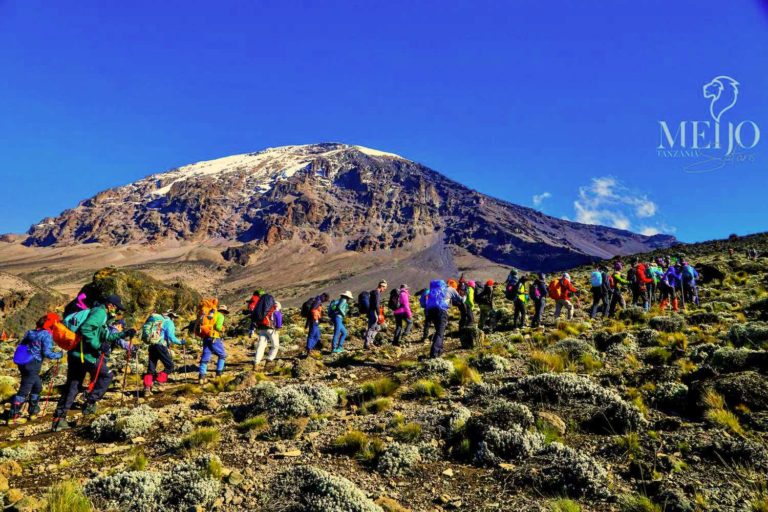
7 Days Machame Route Kilimanjaro Climbing
Uhuru peak stands at 5895m (19,340ft), and its name is the Swahili word for freedom. There are seven routes up Mount Kilimanjaro, which range in difficulty. Roughly half of the climbers choose the Machame Route because it offers stunning views.
Cost from $1900 per person
Mount Kilimanjaro
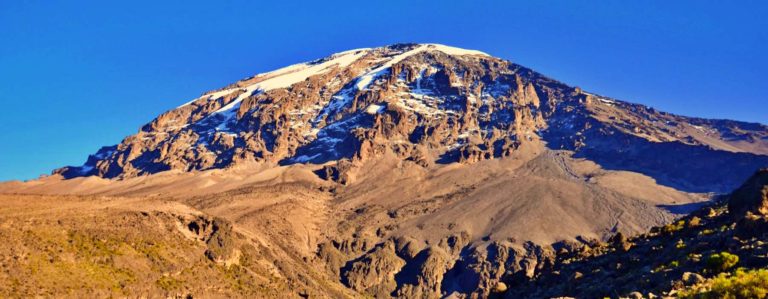
6 Days Machame Route Kilimanjaro Climbing
This route overview is known as the “whiskey route”. Truly Machame Route is the most popular route and has a very high success rate of making it to the top. It offers beautiful and natural features of the landscape.
Cost from $1750 per person
Mount Kilimanjaro
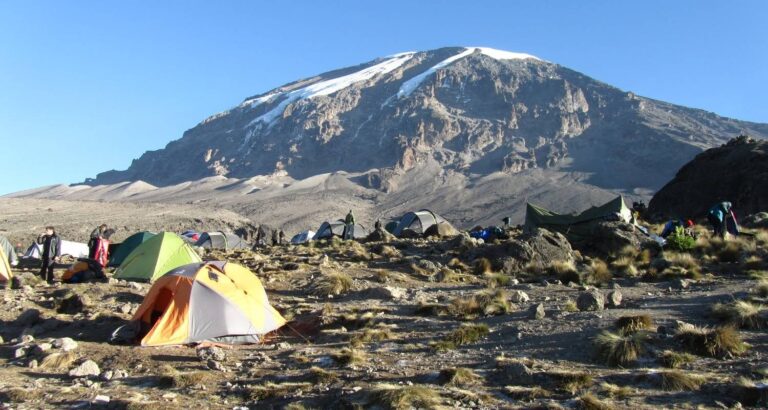
8 Days Lemosho Route Kilimanjaro Climbing
The Lemosho Route is a lovely and unspoiled route, with an armed ranger on the first day of the walk. The forests near the Lemosho Glades are home to buffalo, elephants, and other species. It’s possible that you’ll see them along the way.
Cost from $2150 per person
Mount Kilimanjaro
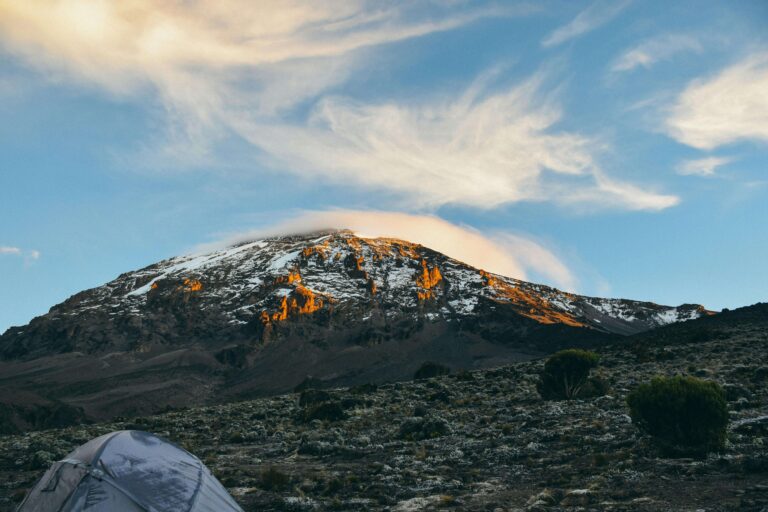
7 Days Lemosho Route Kilimanjaro Climbing
The Lemosho route is considered the most scenic trail on Kilimanjaro, granting panoramic vistas on various sides of the mountain. As one of the newer routes, Lemosho is a superb choice for your climb. It is our preferred route due to its ideal balance of low crowds, beautiful scenery and a high summit success rate.
Cost from $1900 per person
Mount Kilimanjaro
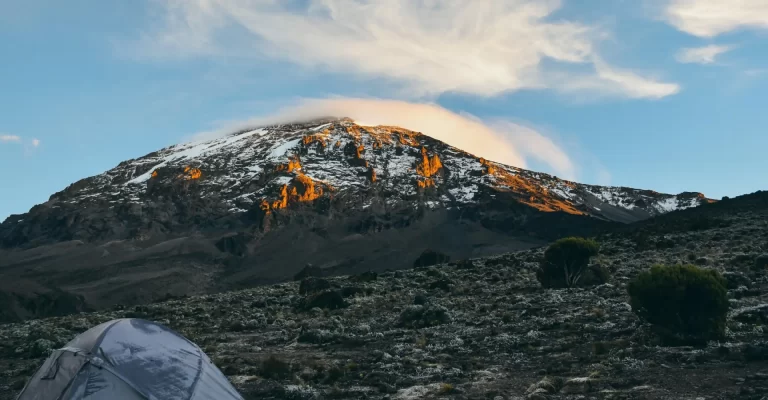
5 Days Marangu Route Kilimanjaro Climbing
Climb Kilimanjaro Marangu Route in 5 days. Pass Mandara, Horombo, and Kibo Huts while reaching Uhuru Peak through stunning terrains.
Cost from $1550 per person
Mount Kilimanjaro
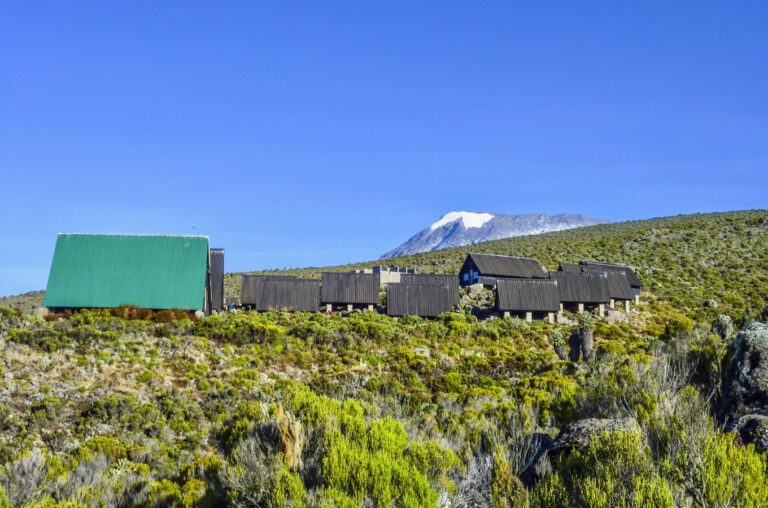
6 Days Marangu Route Kilimanjaro Climbing
Marangu Route, commonly known as the Coca Cola route is more popular because it can be done in fewer days and has permanent sleep huts at the campsites.
Cost from $1900 per person
Mount Kilimanjaro
Why you should book with us?
- Your safety is our Number 1 Priority
- There is no Hidden Costs
- Quickest response time
- Drinks - Coffee, Water, Beer, Wine & Soft Drinks
- We take pride in having knowledgeable, experienced, and genuinely caring guides
- We select Great Accommodations
- We provide high-quality, well-maintained Land Cruisers fitted with a fridge, Wi-Fi, and power outlets
- Hot meals during most of the safaris
- Local Registered Tour Operator in Tanzania
- Competitive Prices

DAUDI MOLLEL
Safari Specialist
Experienced Safari Experts
You will have the opportunity to plan your journey with knowledgeable Safari Specialist who will guide you every step of the way. Embrace a life where you can dedicate more time to living the experience, rather than getting caught up in researching, worrying, and comparing.
